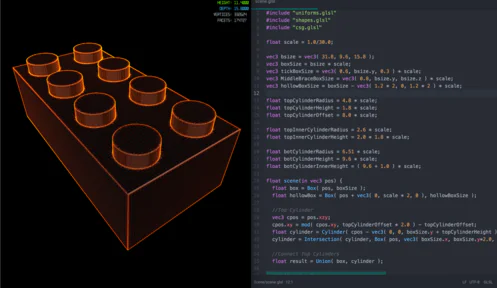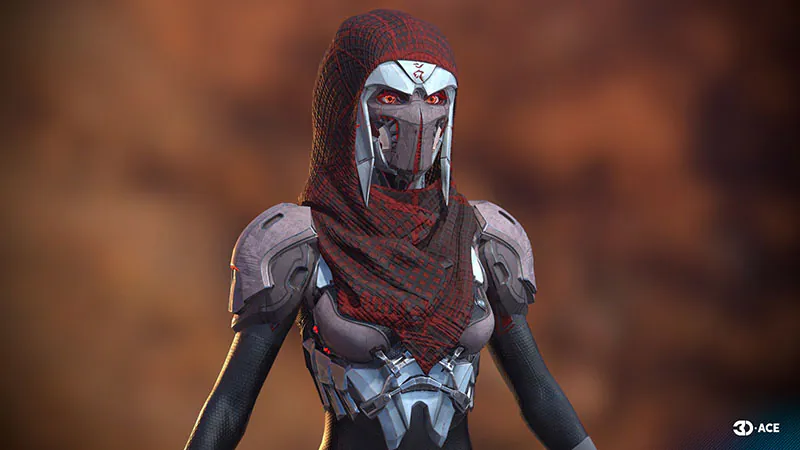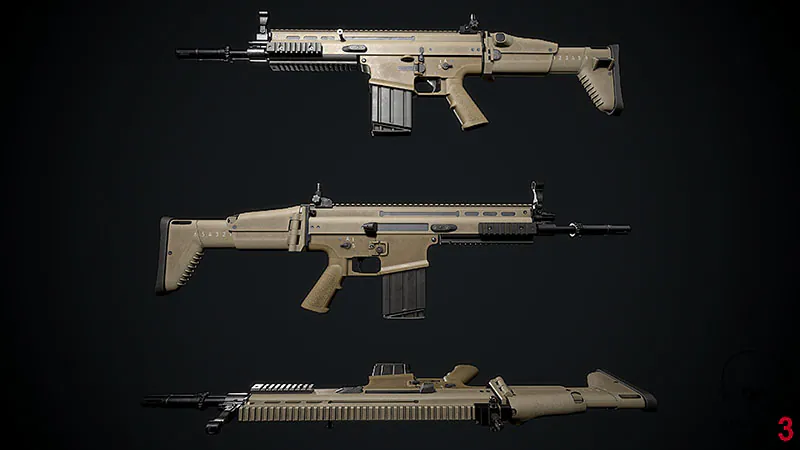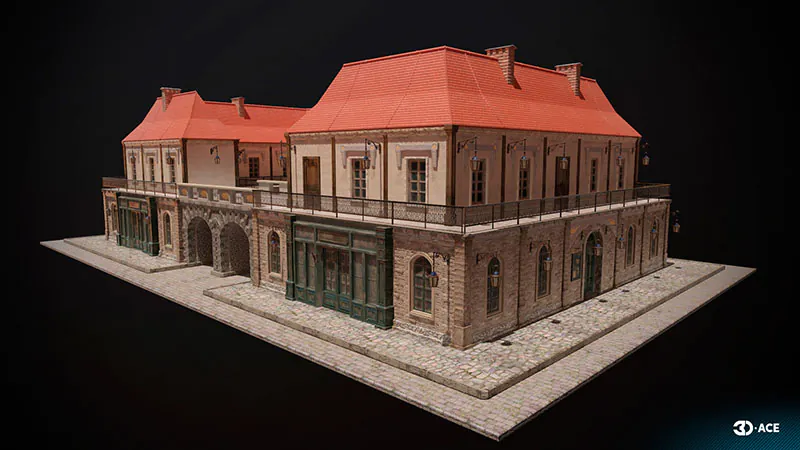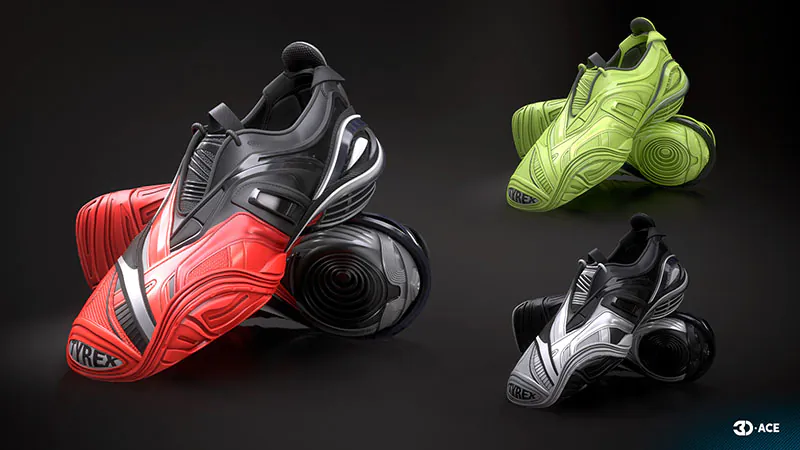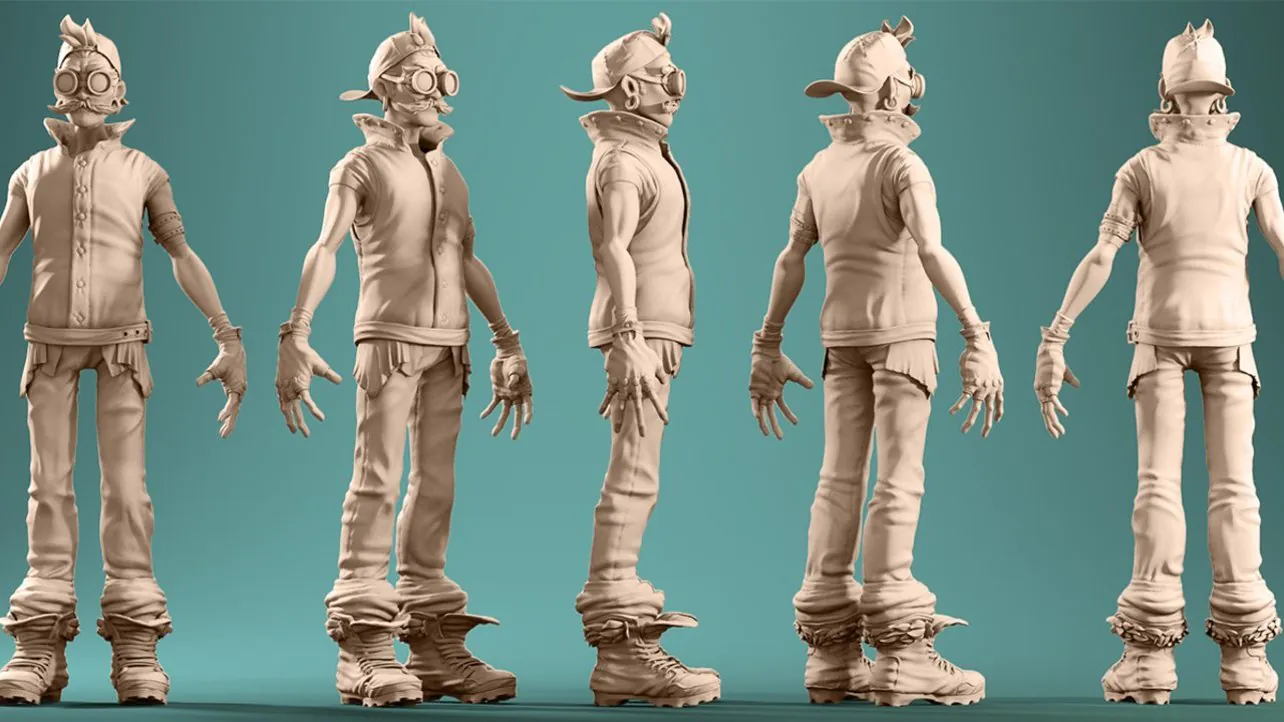
How To Make A 3D Model Using Reference Images?
With the increasing demand for 3D modeling tools, objects and characters nowadays, there must be ample sources to create such 3D models as well. Many professional studios offer the creation and rendering of a wide range of 3D models from any reference image. Such studios have either their ways and techniques to model an object or follow the traditional creation path for 3D modeling with close attention to the reference. Such 3D models are immensely thirsted over by gamers, video developers, movie editors, in advertisement and website creation, also all other sources of diligent media today are a huge part of the 3D modeling industry.
3D Models directly stem from an artist’s wildest imaginations. However, the imagination requires polishing via intermediary phase. All the reference images help out not only in the concept and form phase but also tend to shape the future of a 3D model in terms of its varieties, just as blueprints, sketches, photographs, etc. Hence, we can assume references to be cultivated specifically in digital modeling or in any other purposeful media domain.
Process of Creation of a 3D Model from 2D Images
To get a higher success rate and higher accuracy level, you need to pay extra close attention to detail in the modeling assets that the team creates. Established practices that are employed at the industry level of course with some variations can prove useful for an enticing 3D model creation at the end of the day. Your reference must be based upon the different types of 2D forms and also its original significance must be involved.
Step 1 – Obtaining the reference
The step is quite easy and involves the selection of a reference image to work with. Like as if we are given an unnamed photograph with an unknown location we can’t locate and collect data beyond that image, we can simply move to Step 2. However, there occur a few instances where there is a need to obtain the benefit of the opportunity to look far beyond the image for a well-defined reference.
Step 2 – Generating visuals in software
After capturing the reference the next step in line is to import a suitable modeling software tool. In case we are working with images, the process is simpler demanding photo upload and scanning is done with the program. In the second way around, if we have sketches or blueprints as our reference then such references can’t be practically imported. Such is the reason why designers often find themselves in positions where they need to maintain quality within the version as much as possible.
For Example Use of sculptor technique, edge modeling, and other technical approaches are used while going for blueprints.
Step 3 – Making vital adjustments
After safely and successfully uploading the image in the software tool of our own choice, the remaining step is to fill in some life within the model. By life we mean, to give sound detail, proportion, and depth as well as everything we want our model to have. The software tool can efficiently analyze a single image to estimate the proportions of the target and allows predicting different solid angles. Similarities, within the image and the asset, tend to form the basis for the 3D model’s realistic creation.
Step 4 – Completion and integration
Your 3D model creation must be complete after Step 3 but in case if you feel you still need to do a bit more with your model you can build it and share it with your client’s app or simply make a video featuring your model as a hero. There are many post creation modeling ideas, such as the model can add to other rendered images consisting of many other 3D models for the sake of advertisement the location of the model as well.
Common Types of 3D Models
Partners and clients who work in associations give all kinds of requests concerning modeling designs. Simple visualization and even complex solutions can be made possible with expertise by your side. All the 3D modeling assets can be categorized into the following groups for the convenience of need:
1. Game assets
In today’s modern era, 3D graphics is beneficial to create and render hundreds to thousands of unique assets to cover all different formations of enticing content. Many times, there is a representation of objects found within games like trees, rocks, food items, and clothes, etc. Even geographical settings like forests, mountains are incorporating into the category. In a realistic adventure gaming experience, you might have come across dozens of characters like animals, mythical creatures, aliens and superhumans, etc. All such assets and characters are involved in 3D graphic designing for a better visual experience found no place else.
2. Equipment
Professionals are often contacted by big enterprises to create digital versions of different pieces of equipment for different objectives. This equipment is integrated with the help of software in many cases. Like consider an example of companies which are involved in the manufacturing business, they need constantly to boost up their troubleshoot problems or for previewing their machines in time. Most of the time it happens so that the equipment is utilized for training simulations, such that the company internees or employees can have a better idea about the functionality and applications of any target equipment. Such 3D equipment promotes safety and security.
3. Architecture
Architecture has always been a major part of every domain you can name or think about. Computers and technology have shaped the lives of everyone for the better today and the prevailing future.
For Example, Architects often rely upon CAD software to plan different architectural masterpieces, while professional engineers rely upon BIM creations for their mechanical work. High-Quality rendering and Videography showcase all the properties of real-estate and mechanical assets.
4. Products
Online Marketing of a product is now done via more advanced means of commercial companies endorsing their products. Even products must be purchased and can be picked up from any physical store. Different aspects of the product are cleverly highlighted. Customers find it interesting to look at such a visually appealing set of product models which look the same as that of the product. 3D visualization is in use by a lot of retailers and sale-reliant businesses along with product configurators. 3D product modeling has turned out to be a vast breakthrough in the field of the marketing industry.
How ITS Can Help You With 3D Modeling Service?
Information Transformation Service (ITS) has been providing 3D Modeling Services for over a time now. Information Transformation Services knows all about the modern-day industry and its trends in the Online Marketing Business. ITS is light on the budget and heavy in terms of quality and stature. Our highly responsive and interactive team specializes in 3D Product and Asset Modeling Services and will note down every essential detail provided by you and in return turn your dream into a real-life realistic or virtual reality. Information Transformation Service (ITS) also caters to a wide variety of services relating to efficient 3D Modeling and Designing services. If you are interested in ITS 3D Modeling Services, you can ask for a free quote.





